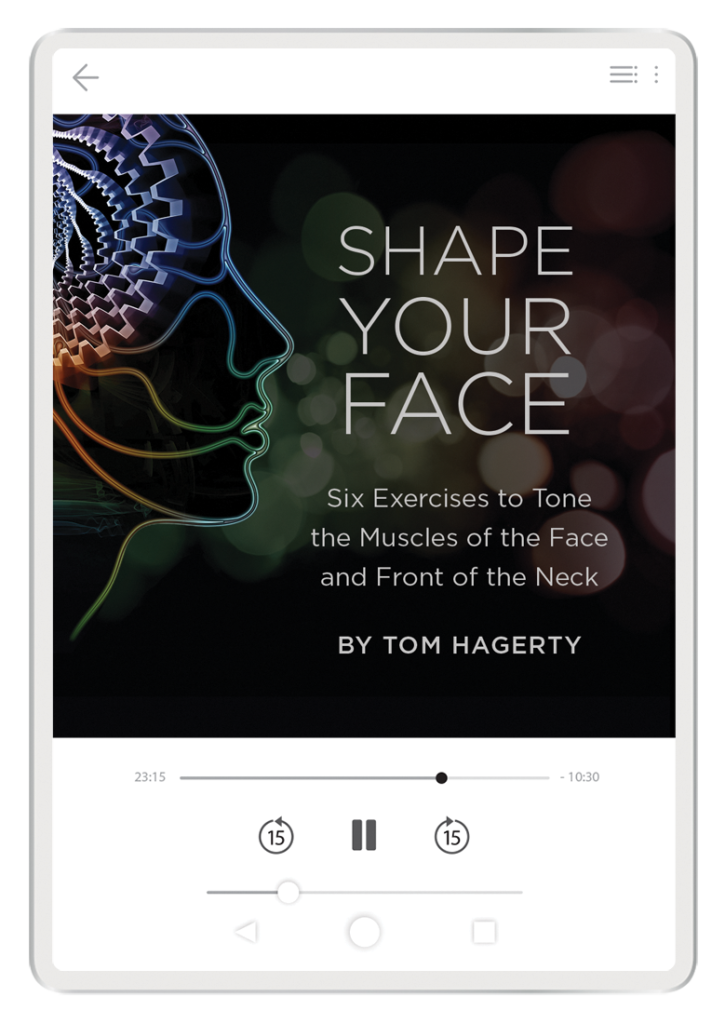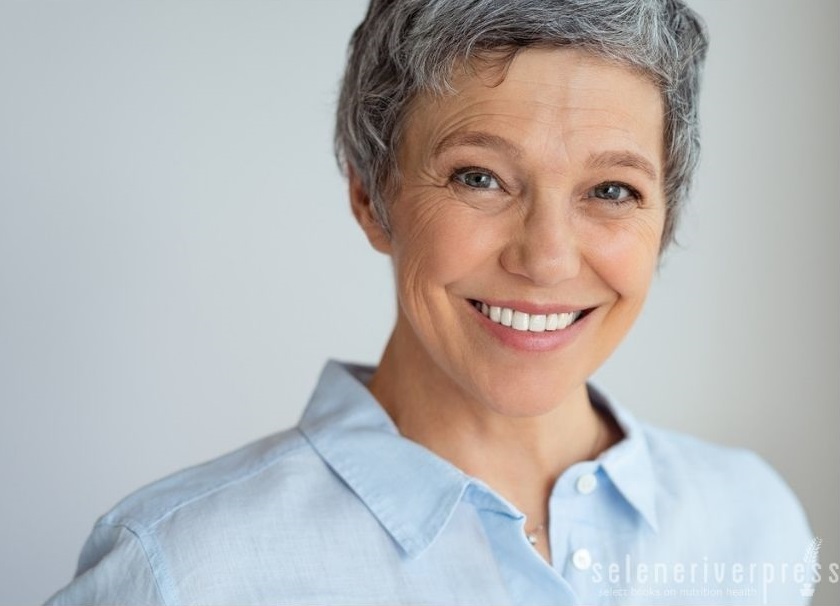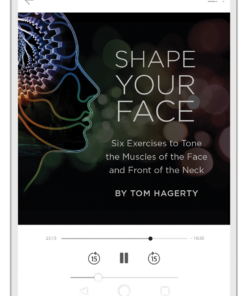Shape Your Face, available as part of SRP’s e-learning series, is a natural, noninvasive facial exercise program I created to improve the muscles of the face, neck and jawline. I also created a free pdf manual with step-by-step instructions for each exercise to guide you through the videos. Now, after hearing from users of the program, I’ve made a few additions to the manual, especially to Exercise 5, which addresses the scalp muscles.
Yuri is one of the many people who wrote to me of their confusion over how this exercise is done. Here is the email I received from him: “When I watch you do it on the video, it seems like the frontalis and occipitalis are indeed contracting at the same time and not sequentially.”
To better explain what Yuri is talking about, here are my original instructions for this exercise in Shape Your Face:
- Contract the frontalis muscle at the front of your head by raising your eyebrows, moving the scalp forward. Never hold this contraction.
- Contract the occipitalis muscle at the back of your head by lifting your ears, moving the scalp backward. Hold this contraction for a second or two to strengthen the muscle.
- Alternately work both of these muscles, establishing about a half to three-quarters inch movement of the scalp.
However, what I failed to mention is the fact that when you contract one muscle, the other relaxes automatically. In other words, when you contract the occipitalis muscle, the frontalis muscle relaxes. When you contract the occipitalis muscle, the frontalis muscle relaxes. I guess it is possible to contract both of these muscles at the same time—but you don’t want that. Rather, you are looking for a smooth, alternating contraction of both scalp muscles. I’m happy to announce that SRP has already updated the manual with this new information.
What benefit will you see in your upper face after doing this exercise correctly for a period of time? Here is what I write in the manual:
“If the occipitalis muscles at the back of the head are toned-up and strong, they continuously pull up and back on the upper face, smoothing out the skin of the forehead. This, in turn, keeps horizontal and vertical lines from forming and, most important, keeps the eyebrows from falling.”
Sometimes I wonder why we make so much fuss about looking reasonably good as we get older. I see examples of this at the ballroom dances I go to in the Columbus, Ohio, area. Trim, good-looking women—no matter their age—are always asked to dance, while heavy-set, unattractive women do a lot of sitting. It’s unfair because many of these so-called unattractive women have great personalities and are fun to be with. And they can dance!
That said, I’m not going to suggest eating a nutrient-dense diet, or doing some exercises, or starting a facial exercise program to a relative stranger. People have to find these things out for themselves. Selene River Press might be a good place to start.
Tom Hagerty
Image from iStock/Ridofranz.



